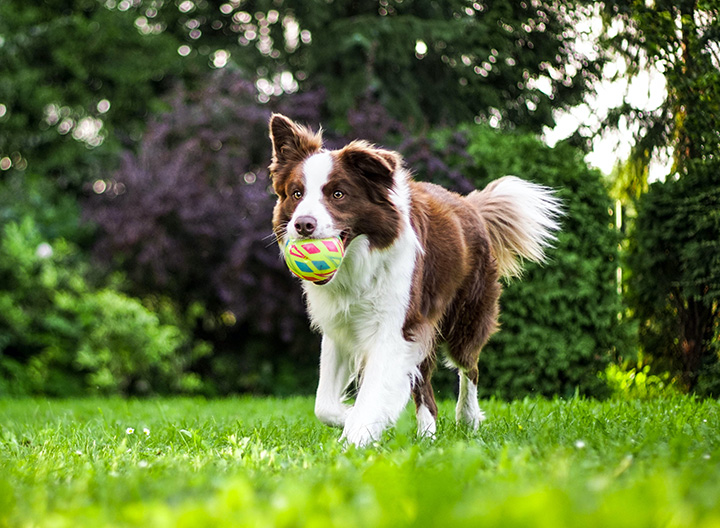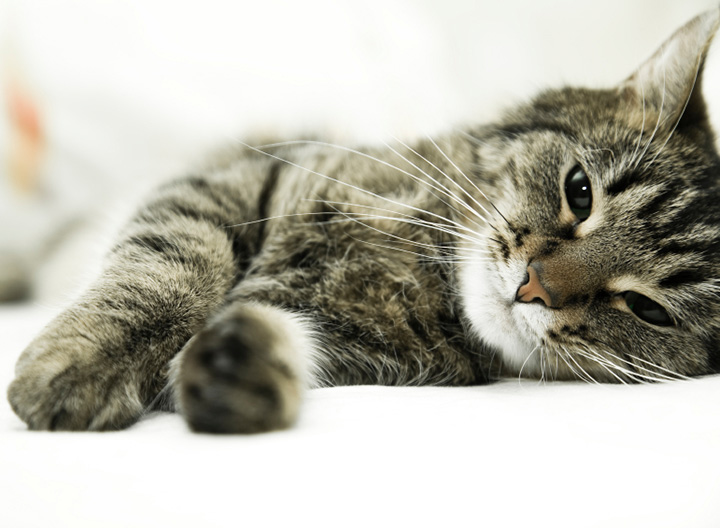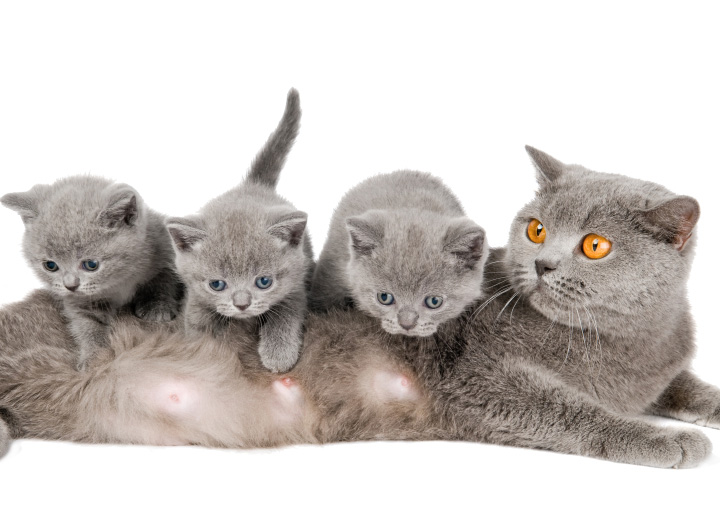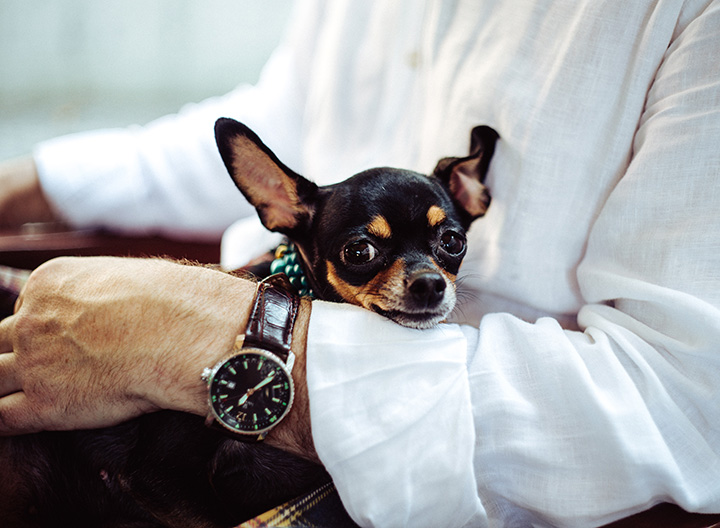Rabbits
Vaccinations
Myxomatosis is a devastating disease and we advise that all rabbits are vaccinated annually. If your rabbit is in a high risk area, with a large population of wild rabbits, then vaccination every 6 months is advisable.
Myxomatosis is typically spread by blood sucking insects and in particular the rabbit flea.
Accompanying the classic bulging eyes that most of us associate with myxomatosis, are localised swellings around the head, face, ears, lips, anus and genitalia. Severe swellings can lead to blindness and distortion around the face within a day or so of the onset of symptoms, leading to difficulty with feeding and drinking. Bacterial respiratory infection often complicates the disease resulting in a fatal pneumonia.
Progress of the disease may be slower in well cared for pet rabbits and recovery is sometimes possible with intensive care. However, myxomatosis can be a very protracted and profoundly unpleasant disease and euthanasia is generally recommended. In animals with severe signs, death usually occurs about 12 days after initial infection.
Viral Haemorrhagic Disease is an extremely serious condition which can result in such rapid deterioration that the rabbit is found dead by the owner, with no apparent cause. Other cases may be found bleeding profusely from the nose before death. We advise vaccinating all rabbits against this disease every year.
The virus which causes VHD is spread by direct contact between rabbits (both wild and domesticated) and also via indirect contact. Possible sources of indirect contact are people, clothing, contaminated hutches and bedding, as well as insect vectors such as fleas.
Unfortunately, there is no cure once a rabbit is infected.
VHD has an incubation period of just one to three days. The virus itself is very stable in the environment and can survive for up to 105 days.
In addition to bleeding from the nose, signs may include depression, collapse, difficulty breathing, convulsions, high body temperature and lethargy. Death usually occurs within 12-36 hours after the onset of fever and the mortality rate can be as high as 90-100%.
VHD vaccination can be given from eight weeks onwards, but is usually given at 10-12 weeks. Boosters are given annually for VHD.
The vaccines for Myxomatosis and Viral Haemorrhagic Disease should be given 14 days apart.
Neutering
Male and female rabbits may be neutered from three months of age in order to prevent territorial and aggressive behaviour. Spaying females also prevents tumours of the uterus which are very common in older rabbits.
Obesity
Rabbits fed a large amount of cereals are prone to obesity, particularly if they are not able to exercise sufficiently.
Obese rabbits often have difficulty reaching the area around their anus and therefore are unable to ingest their caecotrophs.
This leads to a sticky mass of faeces around the anus and the skin rapidly becomes moist, sore and infected. These rabbits are at high risk of flystrike (see below).
Flystrike
Flies will not lay eggs on normal, dry healthy skin. However, if skin becomes moist and infected, it becomes a perfect site for egg-laying, as the hatching maggots can feed on decaying tissue. Rabbits with faecal matter stuck around their anus rapidly develop a moist infection in the skin folds. This is often due to an incorrect diet causing diarrhoea or obesity and failure to re-ingest caecotrophs.
Flystrike is a veterinary emergency as the maggots can rapidly cause life-threatening injuries as they digest deeper tissues. You should check your rabbit daily during the Spring and Summer, particularly around the anal area. If you see any maggots please call the surgery immediately.
Preventing flystrike involves avoiding the predisposing factors of diarrhoea and obesity by feeding the correct diet. A rabbit’s diet should never be changed suddenly as this can cause diarrhoea. The transition should be made gradually in increments. We can provide you with a preventative called "Rearguard" which stops eggs hatching into maggots. It can be applied around the rabbit’s bottom with an applicator similar to a boot polish applicator, and gives long-lasting protection. High risk rabbits with predisposing factors such as obesity, may benefit from more frequent application.
stgeorgesveterinarycentre@gmail.com | 01932 858890 | Find Us






